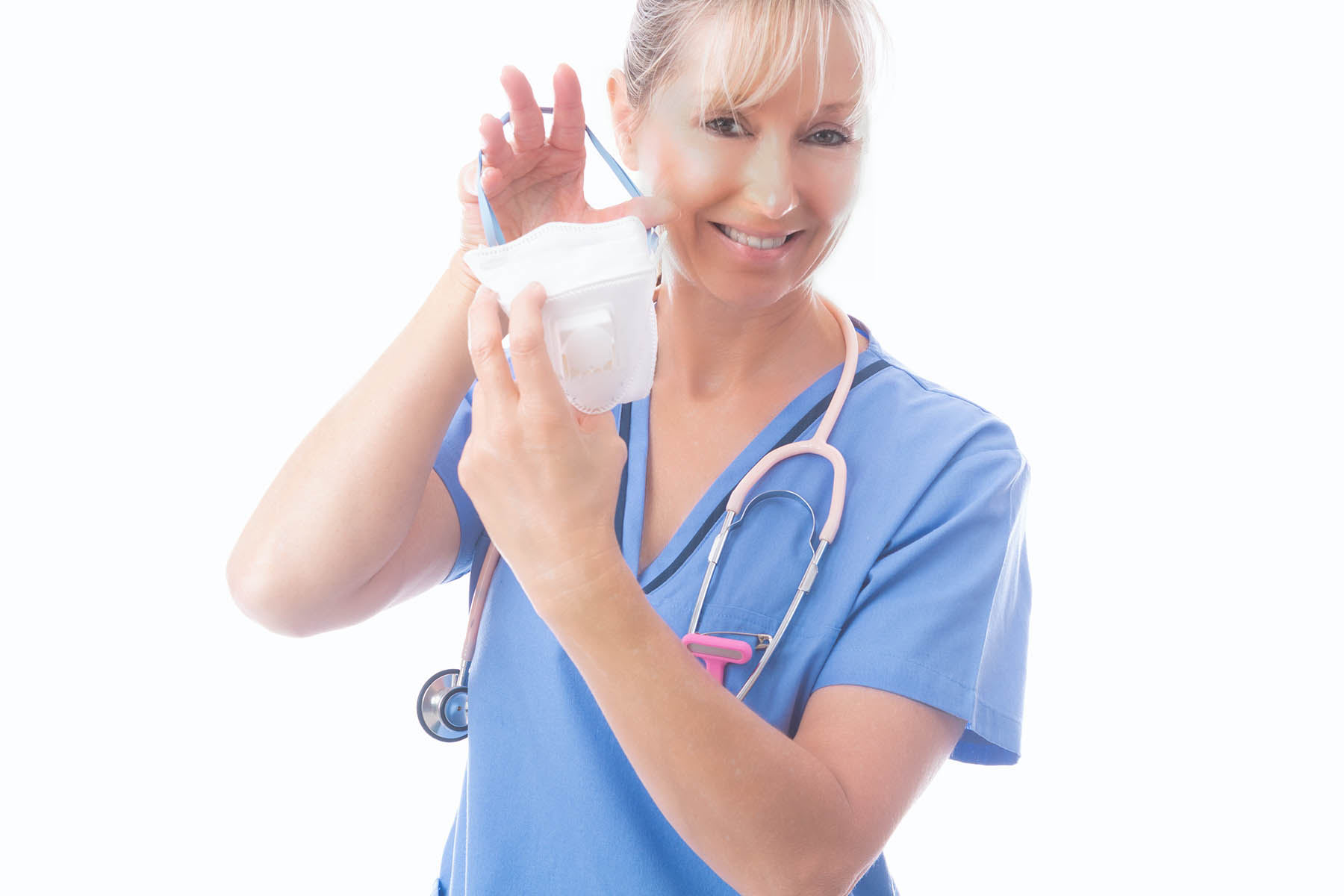
By Dr Jeannie Knapp, GP and Primary Health Care Improvement GP Adviser, North Western Melbourne Primary Health Network.
The debate
When discussing a contentious area of evidence, I often say to patients: “If I were to put all of the people advocating for X position into a bear pit with everyone advocating for Y position, the result wouldn’t be pretty!” I use this analogy to indicate both the uncertainty of some evidence and the passion with which opposing sides of an argument hold their position.
This kind of passionate uncertainty has been evident around the issue of whether P2 masks ought to be worn in GP settings during the COVID-19 pandemic. P2 masks provide better protection if there is any aerosol spread of COVID-19; however, they must be worn correctly to be effective.
The two opposing sides
P2 masks are not needed: This group argues that if we strictly follow the Victorian Department of Health and Human Services guidelines, we would not wear P2 masks in any GP settings, even during COVID-19 testing. The “not needed” team believes there is no, or limited evidence of aerosol spread of COVID-19 and hence surgical masks are sufficient. DHHS guidelines recommend Tier 2 precautions – a level 2 or 3 surgical mask only (not a P2) – in settings that include “Working at a COVID-19 testing site”.
P2 masks are needed: This group argues that there is more aerosol spread than currently acknowledged and that more evidence is emerging of the role that aerosol spread has in the COVID-19 pandemic. They also quote the Vancouver vs Toronto experience in the SARS Cov-1 epidemic. In this case, Vancouver took a more conservative approach and health care workers wore P2 masks from the beginning of the epidemic, whereas this was not the case in Toronto. In Vancouver no health care workers caught the disease and there were no deaths; in Toronto there were 247 cases, almost half of which were health care workers, and 43 deaths, including two nurses and a doctor.
Another argument for P2 masks is that the DHHS Tier 3 definition advises wearing P2 masks “at all times when providing care to probable and confirmed COVID-19 patients, regardless of the amount of time in contact”. GPs have to treat many patients as probable cases. Some GPs have reported incidents of patients who give false responses to screening questions, present with symptoms and then test positive. Some prominent members of the RACGP are advocating for GPs in areas where COVID-19 is prevalent to wear P2 masks and to have them fit tested.
Fit checking vs fit testing
Wherever you fall in this debate, if you do wear a P2 mask, it needs to be fit checked every time.
Fit checking is making sure that the mask you are wearing each and every day fits you correctly with no leaks. A P2 mask needs to seal completely on to the face – this includes shaving facial hair. A poorly fitting P2 mask may be less effective than a surgical mask. Queensland Health and NSW Health provide good guidelines and videos on how to fit check your mask.
Fit testing is a process where a professional fit tester matches your face size to the masks available and determines which brand fits you best. They do this using a special machine that tests for the perfect seal, which makes fit testing relatively expensive. Once they have identified the brand of mask that fits you best, you still must fit check it every time you wear it.
The following local services provide fit testing:
Requesting PPE for use in general practice
North Western Melbourne Primary Health Network (NWMPHN) has PPE available for general practice including gowns, reusable goggles, surgical masks and a limited supply of P2 masks. To request PPE for your practice please fill in the online form available on our website.
More information
- NWMPHN: COVID-19 personal protective equipment
- DHHS: COVID-19 personal protective equipment
- Medical Journal of Australia: Fit-testing of N95/P2-masks to protect health care workers




